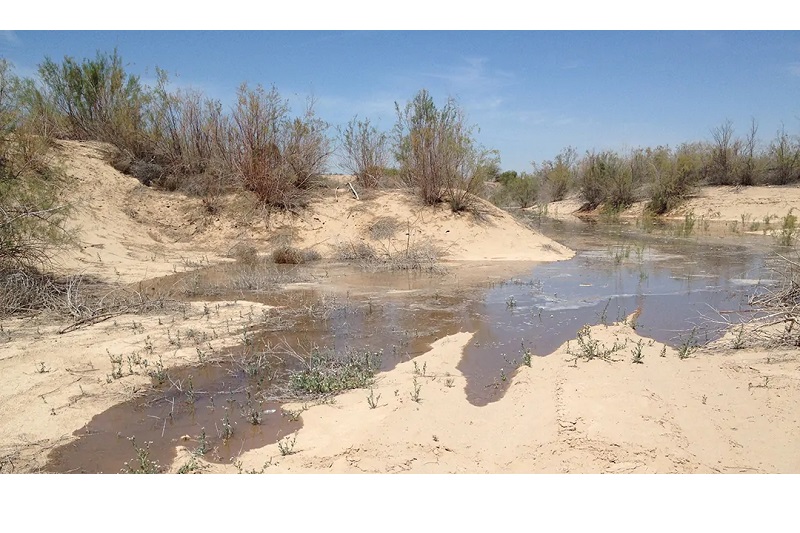
despite its ‘special’ relationship with water, uruguay is running dry
One of South America’s wealthiest countries, Uruguay has lately been struggling with a major multi-year drought and high temperatures. The situation has got so worse that workers are drilling wells in parks and residents are been forced to drink salty tap water.
President Luis Lacalle Pou on Monday declared a “water emergency for the metropolitan area.” The situation is sending shockwaves through a country that has long defined access to water as a fundamental human right.
The capital Montevideo has seen numerous street protests. The exacerbating circumstances are a stark reminder of countries’ vulnerability in the face of drought, which is set to become more and more intense and frequent as the climate crisis deepens.
Authorities Taking Drastic Measures In Response
Canelón Grande, a vital reservoir that serves over a million people in Montevideo, is now just a muddy field that residents can cross on foot. Meanwhile, another reservoir – the Paso Severino – that usually provides water to 60% of Uruguay’s population, is also running dry.
As shortages bite, authorities have been compelled to take a number of drastic measures in response. For weeks, the public water utility, OSE, has been mixing salty water from an estuary with freshwater from reservoirs in order to stretch supplies.
Keep Reading
It comes after the facility applied for an exemption to normal regulations on salinity in drinking water. Apart from tasting unbearably salty, the water also contains a high level of sodium, chlorides and trihalomethanes, Uruguayan officials say.
Pregnant Women Advised To Avoid Tap Water
Karina Rando, the minister of public health, informed a press conference that there is no health risk for most people. But she advised those who are pregnant and those with certain health conditions, like kidney disease and hypertension, to avoid the water or reduce its usage.
On Monday, the president said “the water supply is guaranteed” but that the levels of sodium and chloride in the water will “surely rise”. It means Uruguayans will no longer have tap water that can be considered drinkable.
Drought Increasing Plastic Wastage. How?
Meanwhile, with the quality of tap water dropping day by day, sales of bottled water have skyrocketed in the capital and the neighbouring Canelones department, reportedly recording a 224% spike for the month of May compared to the same period in 2022.
Retail groups are struggling to match the demand, while a generous rise in the amount of plastic waste has also been reported. But many Uruguayans aren’t able to buy bottles and have been compelled to rely on the taps.
The government has introduced tax exemptions for bottled water to address some of the financial pressure. But some have accused it of not doing enough. Nevertheless, Uruguay is not the only Latin American country suffering drought.
Things Tough Across Latin America
Neighbouring Argentina has also been struggling with a similar situation. While scientists found the main cause of the deepening shortage in the two countries was not the climate crisis, they blamed the climate change-fueled extreme heat for worsening the impacts.









